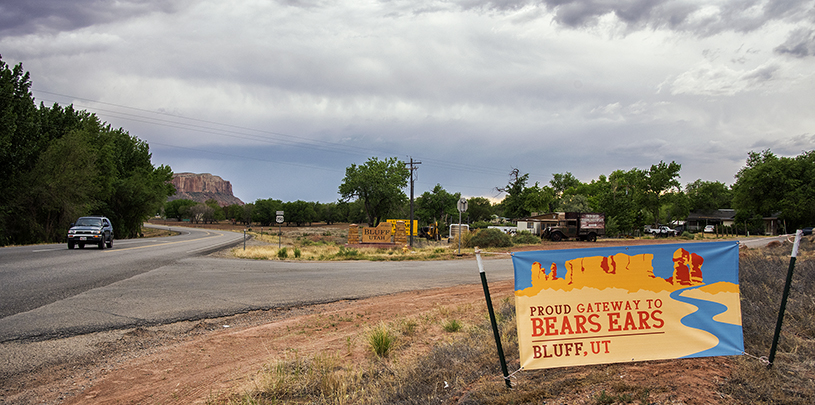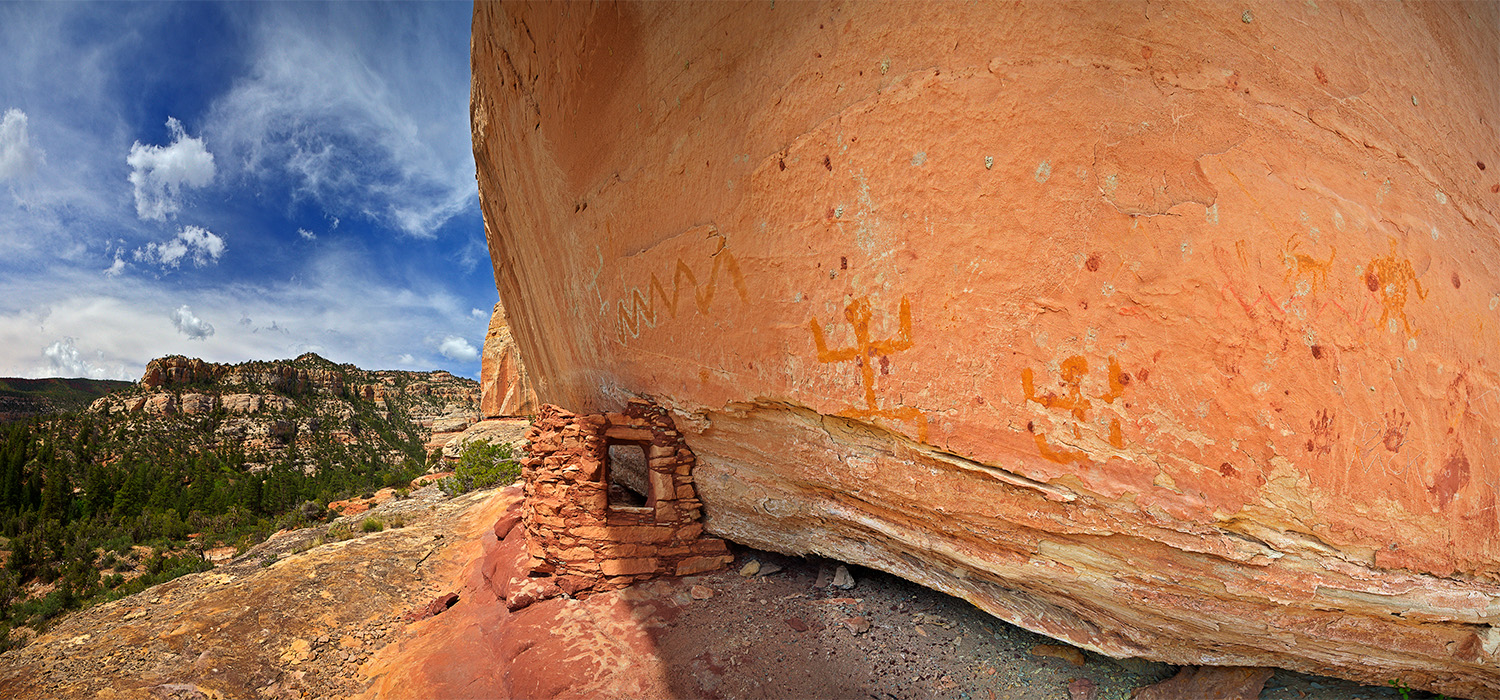
 by Tim Peterson, Utah Wildlands Director
by Tim Peterson, Utah Wildlands Director
The American West is a singular place — its high peaks, deep canyons, sinuous rivers, and austere deserts have captured the hearts of humans all over the globe. The historic importance, beauty, and grandeur of these locations is so exceptional that many have been made national parks and monuments.
The Colorado Plateau is a hotspot — home to more national parks and monuments than anywhere else in America. These are places for all to reconnect with nature, to study our history and our planet’s processes, to escape our hectic lives and unwind, and to rejuvenate our hearts and minds. Many people save and plan for years to visit the Southwest, creating a thriving recreation economy that far surpasses the resource extraction economy that was once the bedrock of small communities on the plateau. Though tourism (mostly the poorly planned and badly executed variety) can pose challenges, our parks and monuments have become essential to our economic livelihoods – they are the lifeblood of the Colorado Plateau.
The recent debate over rescinding or shrinking our national monuments has mirrored the national debate – the facts are getting lost in the emotion of ideology. There are some who claim national monuments are the death knell of local economies, the harbinger of destruction for struggling small towns, the ruin of business and opportunity. The numbers reveal otherwise.
Headwaters Economics, a non-partisan, non-profit economic research institute conducted three studies covering 17 national monuments designated between 1982 and 2001. They have released new numbers for 2017, and those numbers are exciting. According to Headwaters: “…trends in important economic indicators either continued or improved in each of the regions surrounding the 17 national monuments studied. Data for per capita income, a widely accepted measure of prosperity, show that this measurement increased for the studied counties adjacent to every national monument in the years following establishment. This rise in personal wealth is significant, particularly in rural areas where average earnings per job are often declining.”
Explore an interactive map of the monument studies here ›
The research presented here covers Canyons of the Ancients, Vermillion Cliffs, Grand Canyon-Parashant, and Grand Staircase-Escalante on the Colorado Plateau. Bears Ears and the other Obama administration monuments are still too new to be studied, but given the overwhelming data presented for other monuments in close proximity, the positive trends are likely to hold.
The numbers are clear — national monuments are good for local economies. This is not to say that unrestrained and unbridled industrial-strength tourism is a panacea for creating livable communities. Good infrastructure, proper planning, and thoughtful execution of smart growth strategies are essential to building communities that suit residents as well as visitors.
Around Bears Ears, some locals in Monticello and Blanding point to Moab, often crowded and chaotic, as an example of what they don’t want to become. But the future of their communities is in their hands. County commissioners and some local leaders in Monticello and Blanding are busy fighting the monument while new visitors stream through their towns and fill their motels and restaurants. Others, like Blanding Mayor Calvin Balch, are urging local action to embrace and promote the new Bears Ears National Monument in the interest of bolstering local business, only to be shouted down by monument opponents.
In contrast, business owners in the town of Bluff on Bears Ears’ southern border are embracing the monument, growing their bottom lines with an eye toward preserving Bluff’s small-town character. The nearby southern Utah towns of Escalante and Boulder can serve as positive examples — these are places that still look much like they did in the mid-‘90s before the designation of Grand Staircase-Escalante National Monument, with new amenities for visitors and residents alike added at a reasonable pace. Instead of fighting about Bears Ears’ permanence and size, now is the time to plan for the future. Inaction by leaders in Bears Ears’ gateway communities now could lead to the “Moabization” of these towns if they are not cautious and thoughtful about the future. The horse is out of the barn, and people will continue to want to visit whether or not the Trump administration tries to alter the monument’s boundaries. Bears Ears is on the map, and will be for generations to come.
National monuments are more than just pretty scenery and great places to vacation. In many of our monuments, human history is preserved much as it was thousands of years ago. The people and cultures that were forged in these landscapes are still here, and they are rising. Through immense adversity, native people continue to steward their lifeways tied inextricably to these places through ceremony, prayer, and pilgrimage. The new Bears Ears National Monument is a testament to their flourishing cultures, and a long overdue step toward native nations reclaiming their authority over their ancestral lands. There is great potential to create responsible and sustainable economic development for native communities near Bears Ears too, and the time to dig in and plan for the future is now.

Cultural landscapes are full of stories, artifacts, and resources to appreciate. Here's how ›
A small victory in the legal case challenging Daneros uranium mine, near Bears Ears National Monument.
Read MoreBears Ears petroglyph panels and cultural sites protected by new proposed management plan.
Read MoreA rally in Salt Lake City followed by a spiritual walk in White Mesa demonstrate the Ute community's determination to see uranium mill close.
Read More